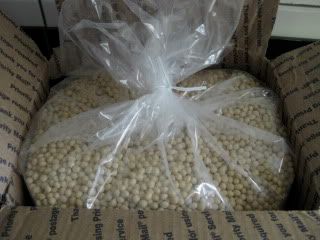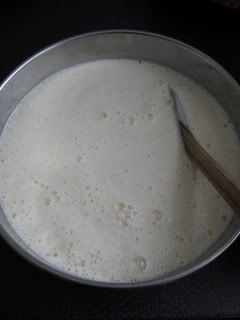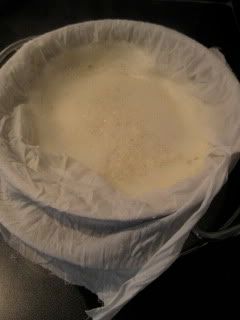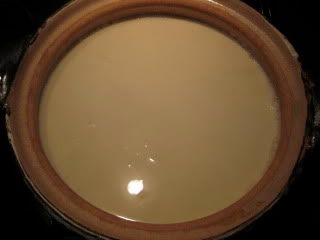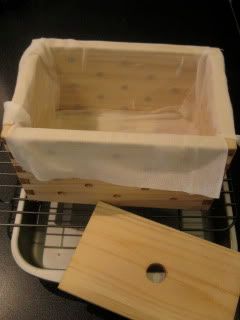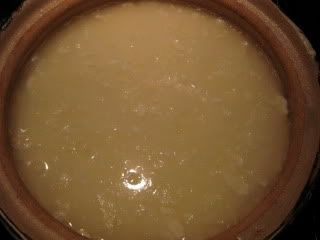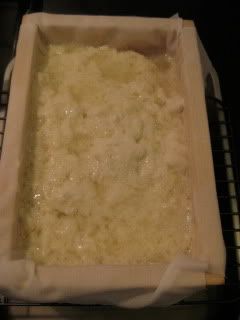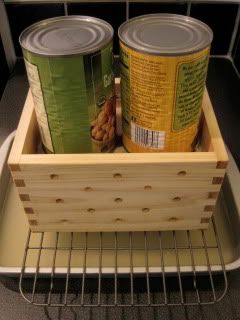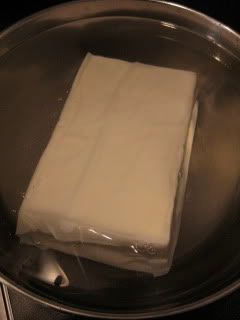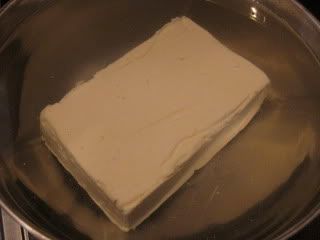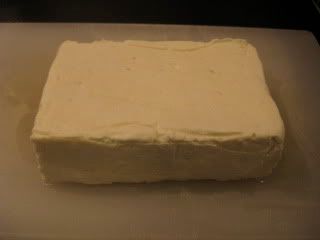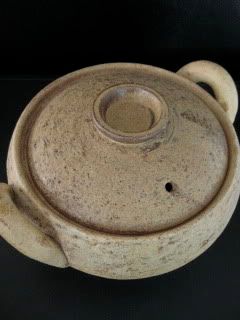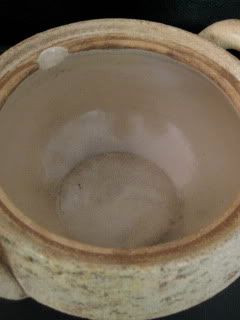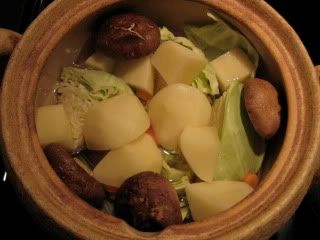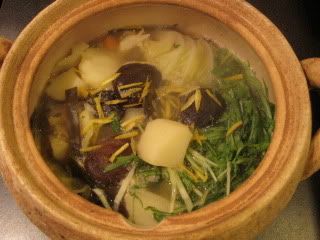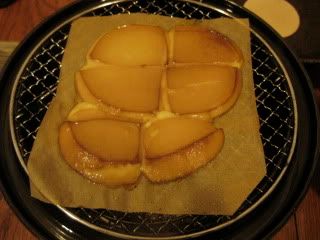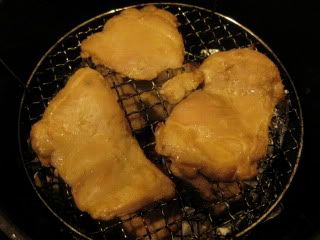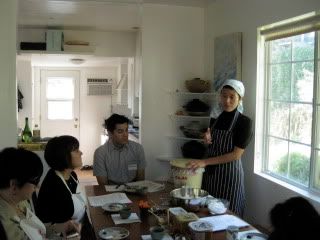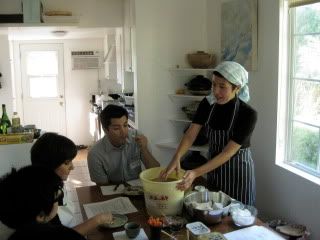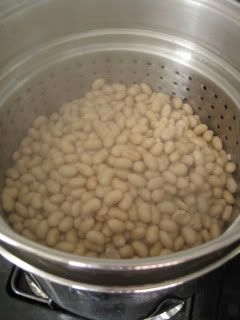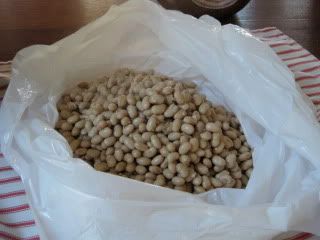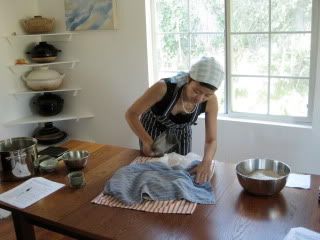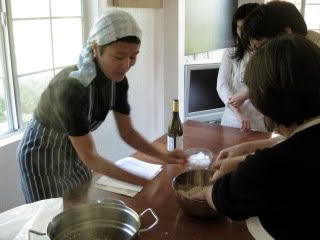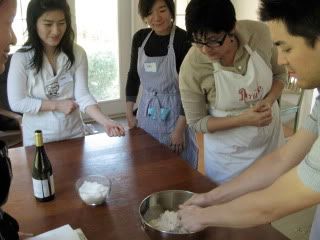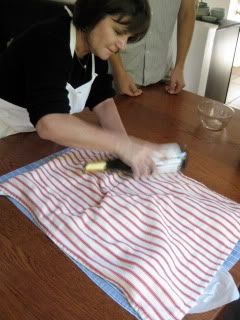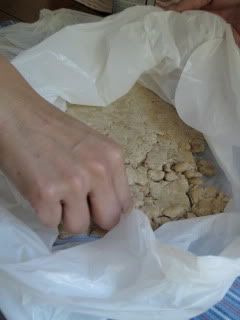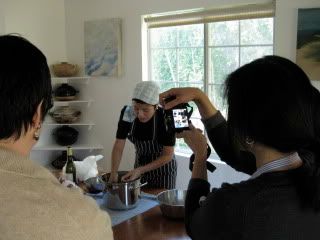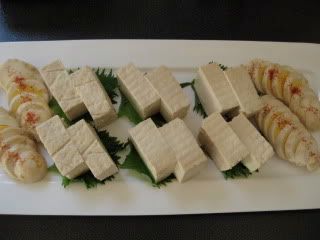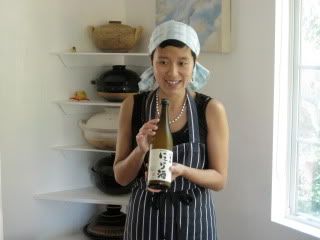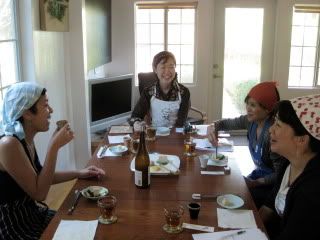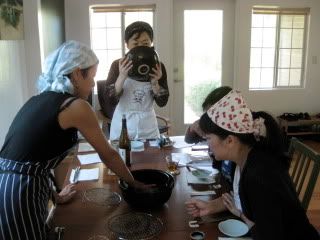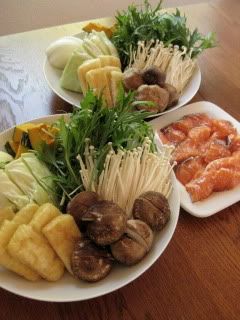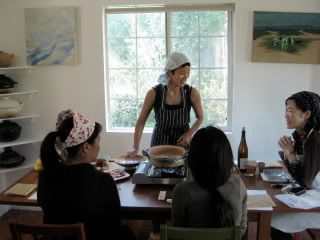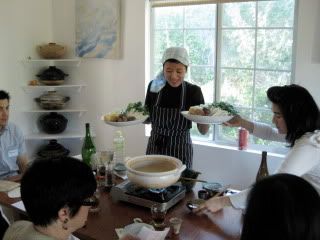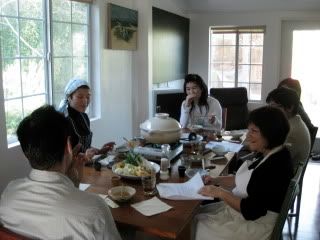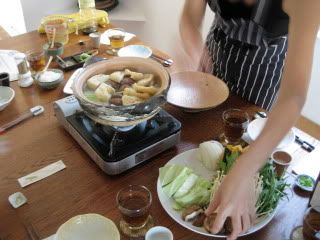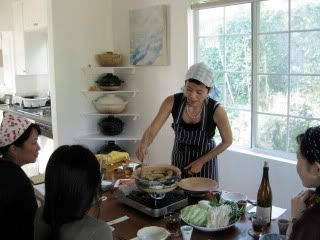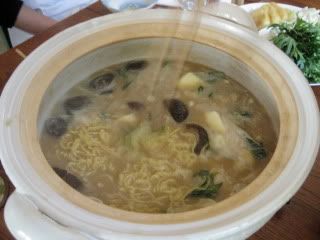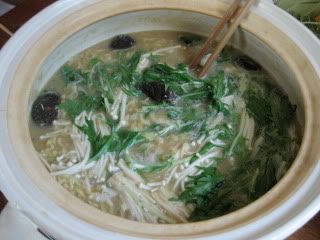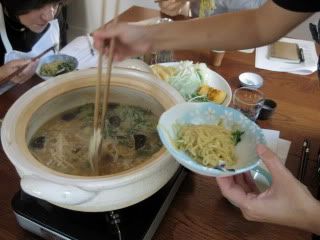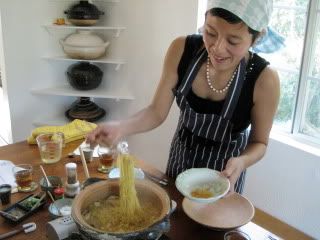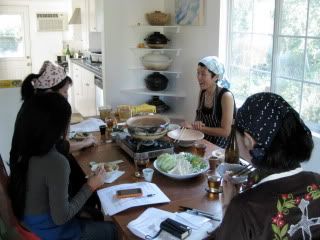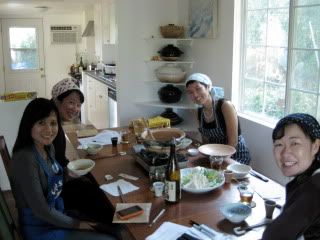
Yuzu, which is a very Japanese ingredient, and butter, which is a very Western ingredient, make a great flavor combination. If you haven't tried them together, you should.
With my tagine-style donabe, "Fukkura-san", I made Yuzu Butter Cod tonight. I had the rock cod filets marinated with the miso based sauce, which I originally used for Miso Marinated Tofu recipe. The fish filets had been marinated for 3 days. I was originally going to just grill them, but when I was jogging this morning, I came up with this quick donabe recipe.
I first heated butter and sake in the skillet of Fukkura-san and placed the satsuma yam (Japanese sweet yam) slices. Over the yam slices, I added the bean sprouts, fish, shimeji mushrooms, and yuzu slices.
After about 7 minutes over medium-heat with the lid on, the dish was ready. It was so delicious. The aroma of butter, yuzu, and sake with the fish was so special. I posted the recipe on toiro's website. So, please check it out.
The rice dish for tonight was also featuring yuzu and butter! I just call it Yuzu Butter Rice. I cooked the multi-grain rice with my double-lid donabe rice cooker, "Kamado-san", and tossed the rice with butter, sliced yuzu rind and some soy sauce. That's it! This combination made the dish smelled and tasted upscale and gorgeous.
These donabe dishes were also served with another donabe dish. I made the Mugi Miso Soup with Kabu, Tofu, and Wakame, with the soup & stew donabe, "Miso-shiru Nabe". The soup was so soothing and really hit my spot.
I feel like I had the best Sunday supper in L.A. tonight. Gochisosamadeshita.
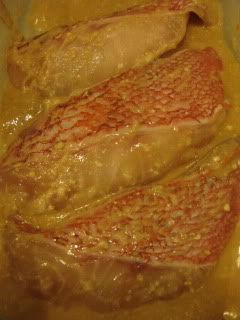
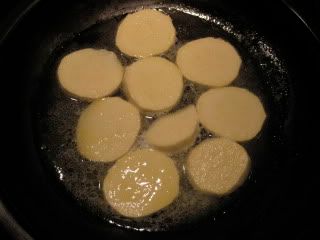
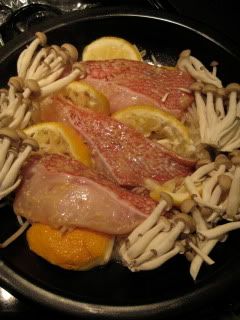
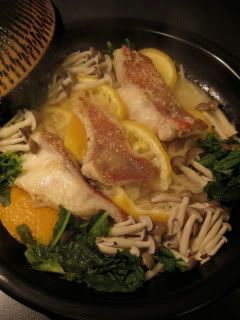
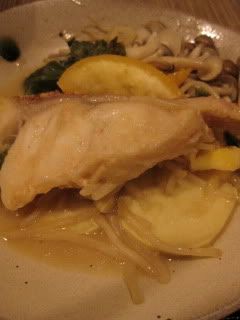
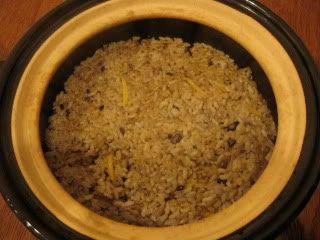
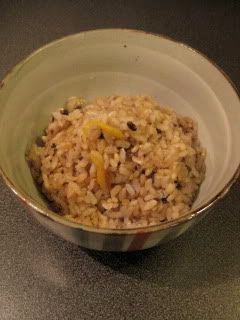

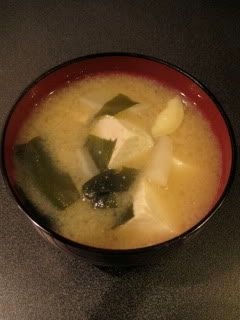

 Tagine
Tagine

